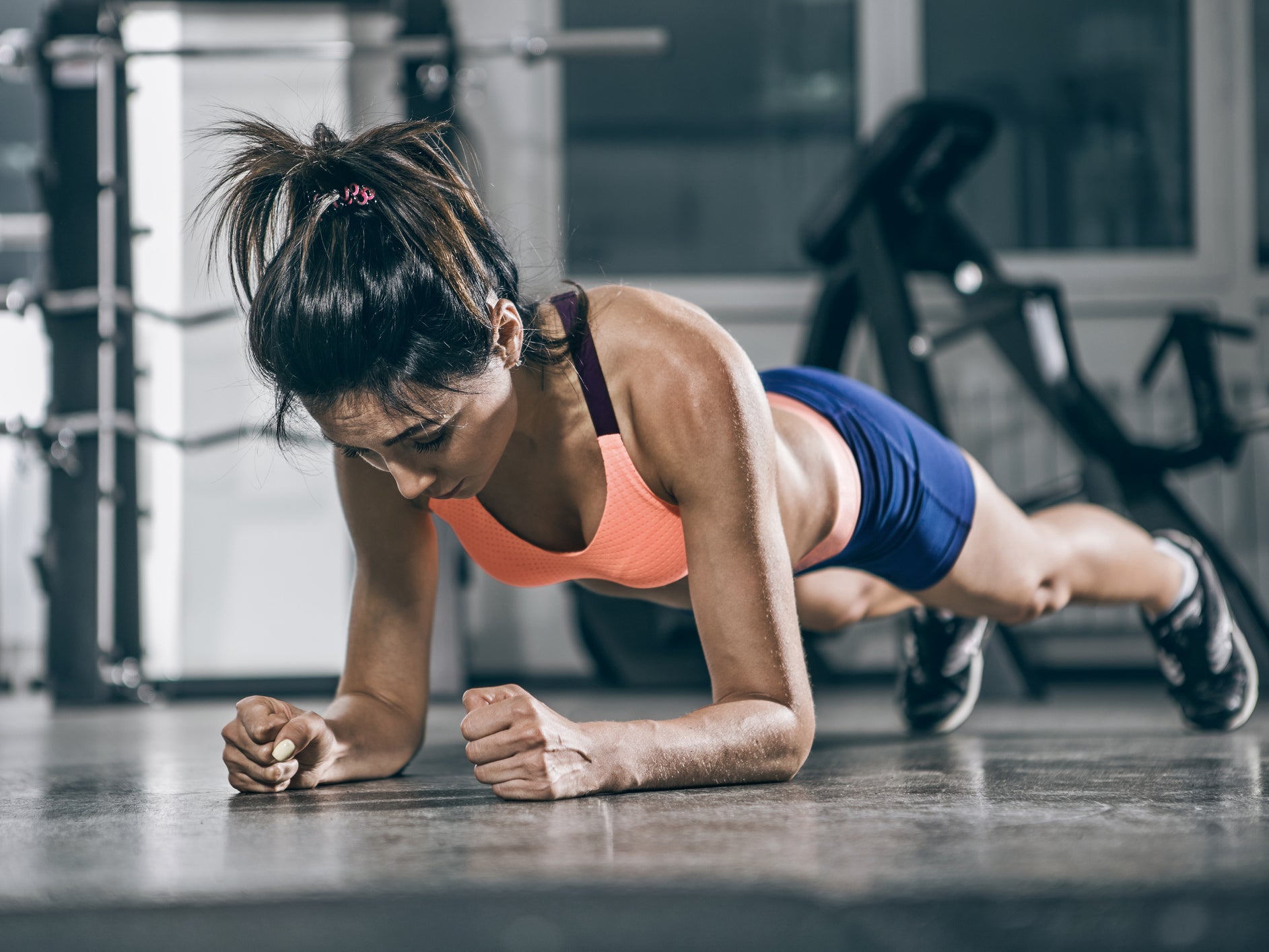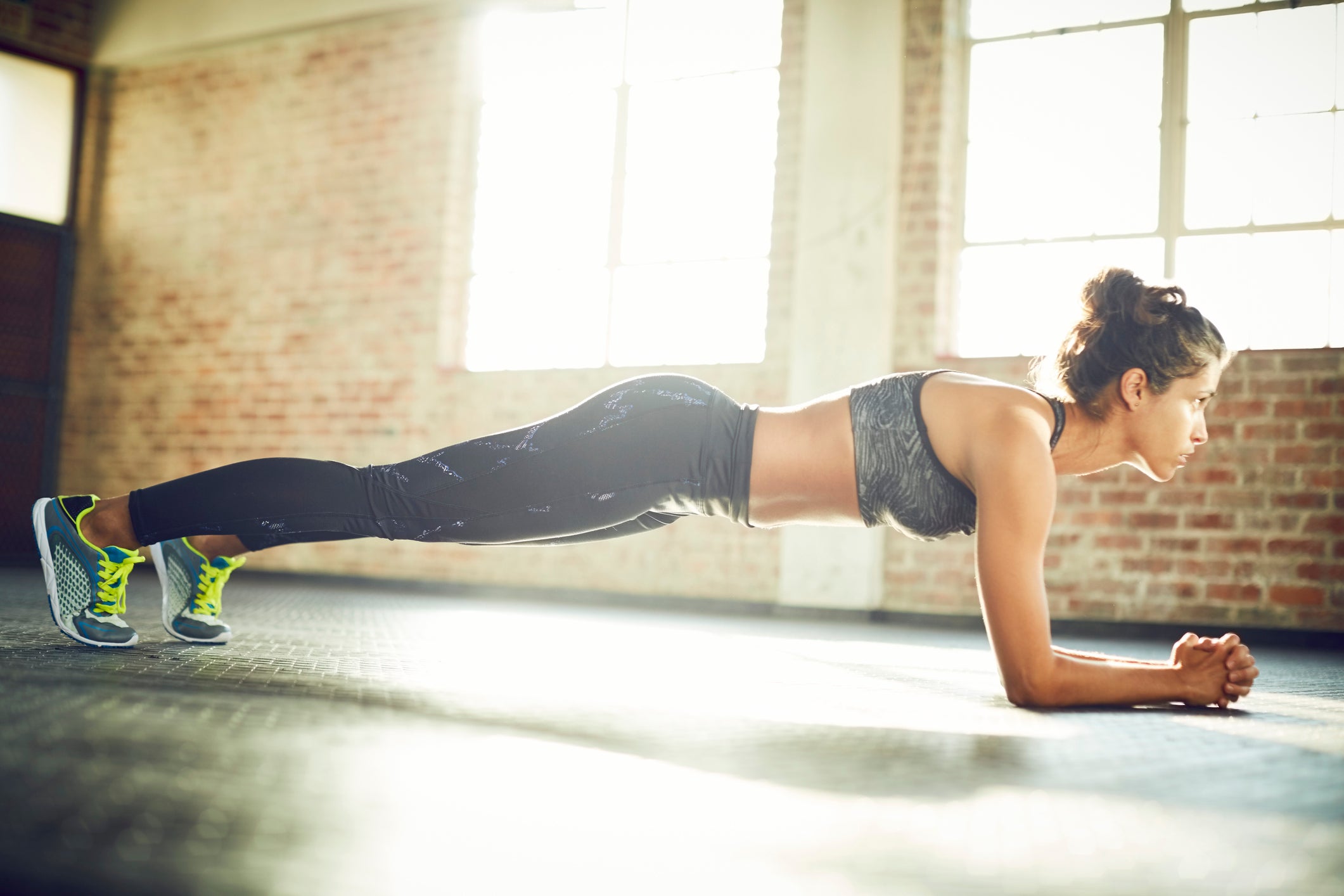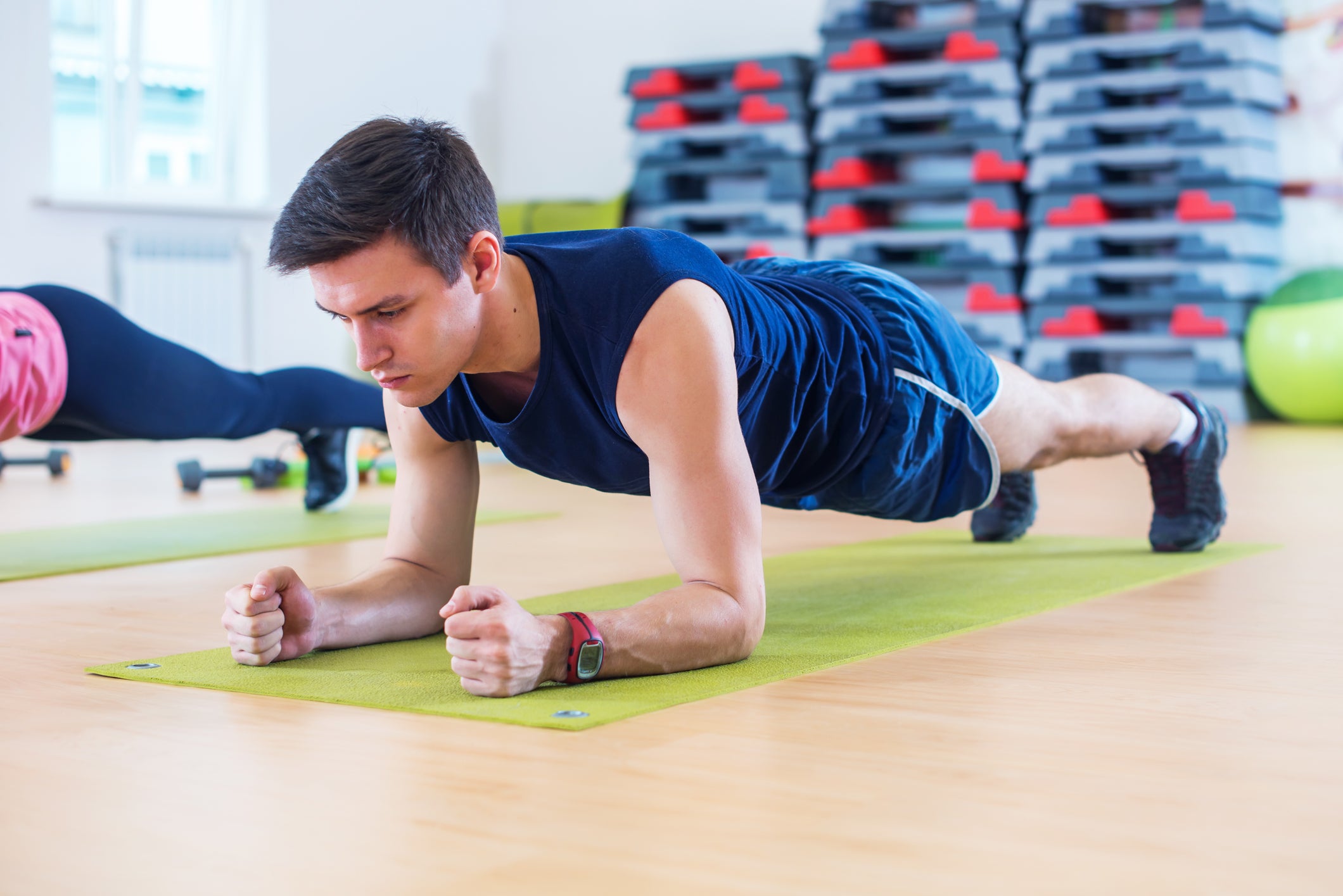How to do a proper plank, according to a personal trainer
Breathing is key

Your support helps us to tell the story
From reproductive rights to climate change to Big Tech, The Independent is on the ground when the story is developing. Whether it's investigating the financials of Elon Musk's pro-Trump PAC or producing our latest documentary, 'The A Word', which shines a light on the American women fighting for reproductive rights, we know how important it is to parse out the facts from the messaging.
At such a critical moment in US history, we need reporters on the ground. Your donation allows us to keep sending journalists to speak to both sides of the story.
The Independent is trusted by Americans across the entire political spectrum. And unlike many other quality news outlets, we choose not to lock Americans out of our reporting and analysis with paywalls. We believe quality journalism should be available to everyone, paid for by those who can afford it.
Your support makes all the difference.While some gym-goers love the plank, others avoid it at all costs.
The plank, an isometric core exercise, is performed by athletes of all abilities, from amateur to elite.
David Mercer, a personal trainer at Nuffield Health, believes the exercise is particularly popular because it's viewed as the "best way to sculpt your abdominals".
However, if you're not entirely sure how to do a plank correctly, then holding your body in position for a lengthy period of time may seem like a daunting prospect.
We chatted with Mercer to find out his top tips for performing a perfect plank.
From angling your arms at 90 degrees to focusing on your breathing, here's everything you need to know:
1. Get into position
First and foremost, in order to perform a good plank, you need to ensure your body is in the correct position.
With your stomach facing the ground and your legs stretched out behind you, Mercer suggests starting with your arms in a straight arm position, with your hands placed underneath and in line with your shoulders.
Then, lower your arms so that you're resting on your elbows, with your arms at a 90-degree angle and the tip of your elbows now underneath and in line with your shoulders.

Mercer explains that you should try to form an imaginary horizontal line throughout your whole your body, connecting your ears, shoulders, hips and ankles.
"A good tip is to imagine pushing the floor away with your elbows," the personal trainer says.
"You want to create what's called a 'neutral spine', which means trying to keep a natural shape through the back to make sure no extra pressure is exerted away from the core."
2. Engage your abs
Once you're in position, your arms and legs won't be the only parts of your body working to maintain your position.
Mercer says it's important that you engage your abdominal muscles, which are located in your abdomen.
Together with the muscles in your back, the abdominal muscles make up your core.
By engaging these muscles, this will help alleviate the pressure you may be feeling on your lower back.
If you let your stomach drop towards the ground, then this may lead to feelings of strain in your back.
To engage your abdominal muscles, tense your stomach muscles "as if someone is going to poke you", Mercer says.
"By doing this, you'll be working the correct muscles and focusing the strain of holding your bodyweight on your abs and not your lower back," he explains.
3. Squeeze your glutes
Another part of your body that you mustn't neglect while doing a plank is your glutes, otherwise known as the gluteus maximus, gluteus medius, and gluteus minimus. In other words, your butt muscles.
While in plank position, Mercer recommends squeezing your glutes.

You'll be able to do this most effectively as long as you don't raise your hips too high, a common mistake often made during planks.
As Mercer says, you don't want to form a "pyramid" while doing a plank, but rather a straight line.
4. Focus on your breathing
When performing a strenuous activity, it can sometimes be easy to forget to breathe.
However, breathing properly while doing a plank is "vital", Mercer says.
"Focus on deep breathes throughout the duration in order to control your heart rate and ensure your correct muscles are working and not being strained," he states.
As a plank is a continuous exercise, rather than one that involves repetitions, it may be harder to regulate the rhythm of your breathing.
That's why focusing on long, deep breaths throughout the duration of the exercise is ideal.
5. Hold
You're on the mat, you're in position - this is what you came for.
Holding a perfect plank can be tricky, especially if you're not used to performing the exercise.
However, just like with any exercise, learning how to improve your plank may take time.
As such, Mercer recommends holding a plank for approximately 30 seconds when first getting to grips with the exercise.
Once you feel comfortable in doing the exercise for 30 seconds, you can then work on increasing the amount of time you spend in position.
The record for the longest time spent in an abdominal plank position is currently eight hours and one minute, as stated by the Guinness World Records.
For tips on how to stay motivated in the gym, according to personal trainers, click here.
Join our commenting forum
Join thought-provoking conversations, follow other Independent readers and see their replies
Comments